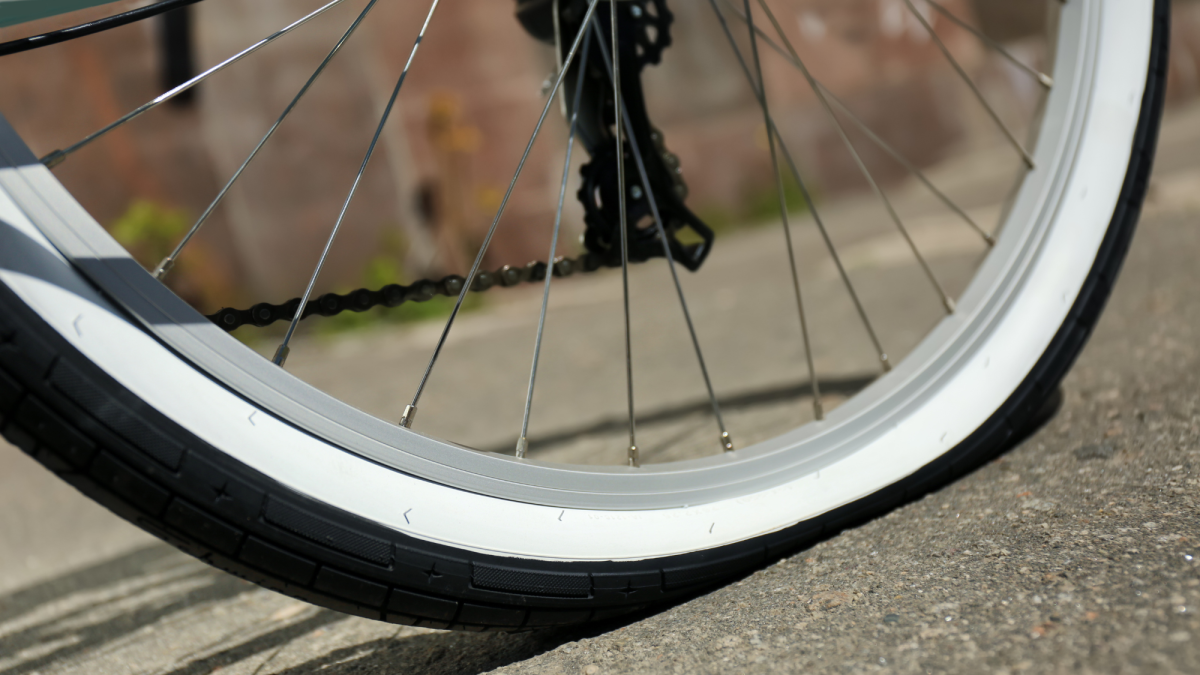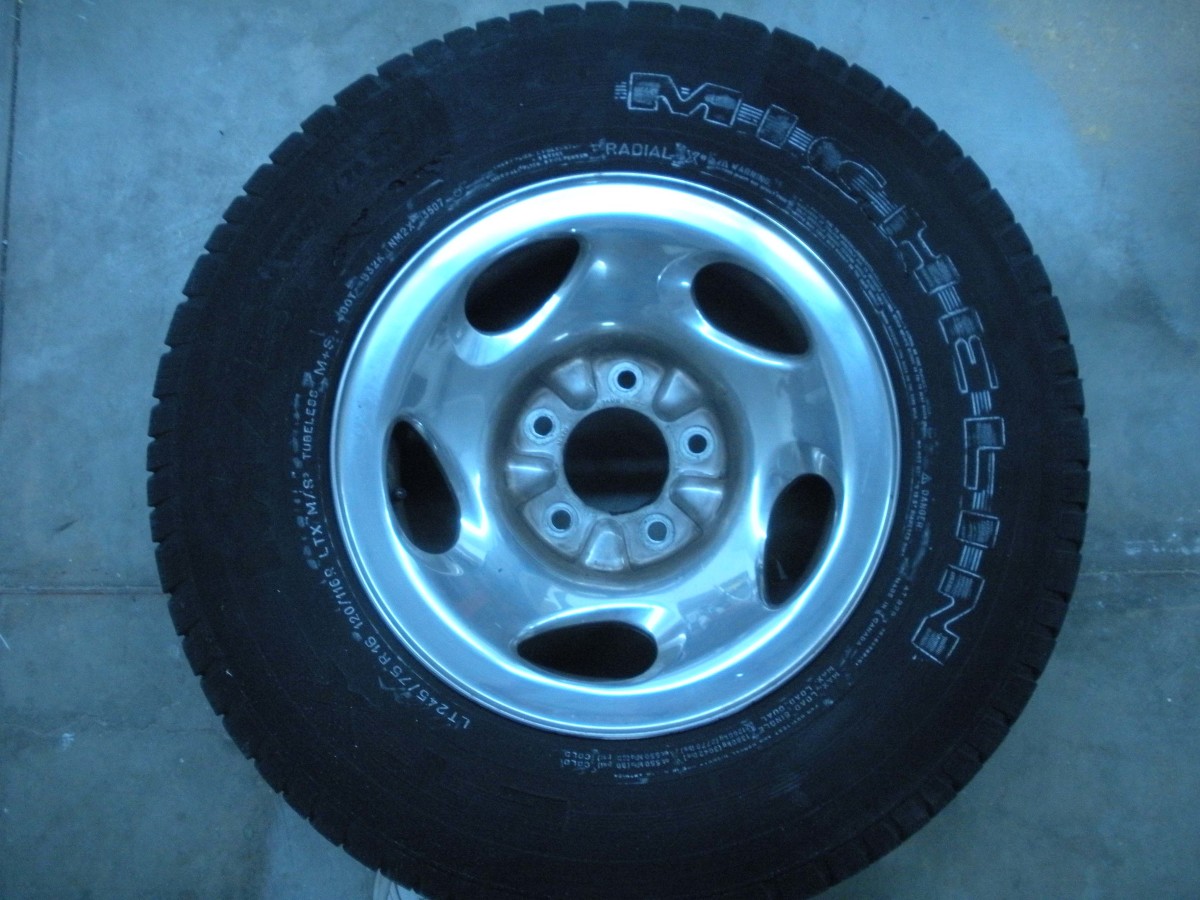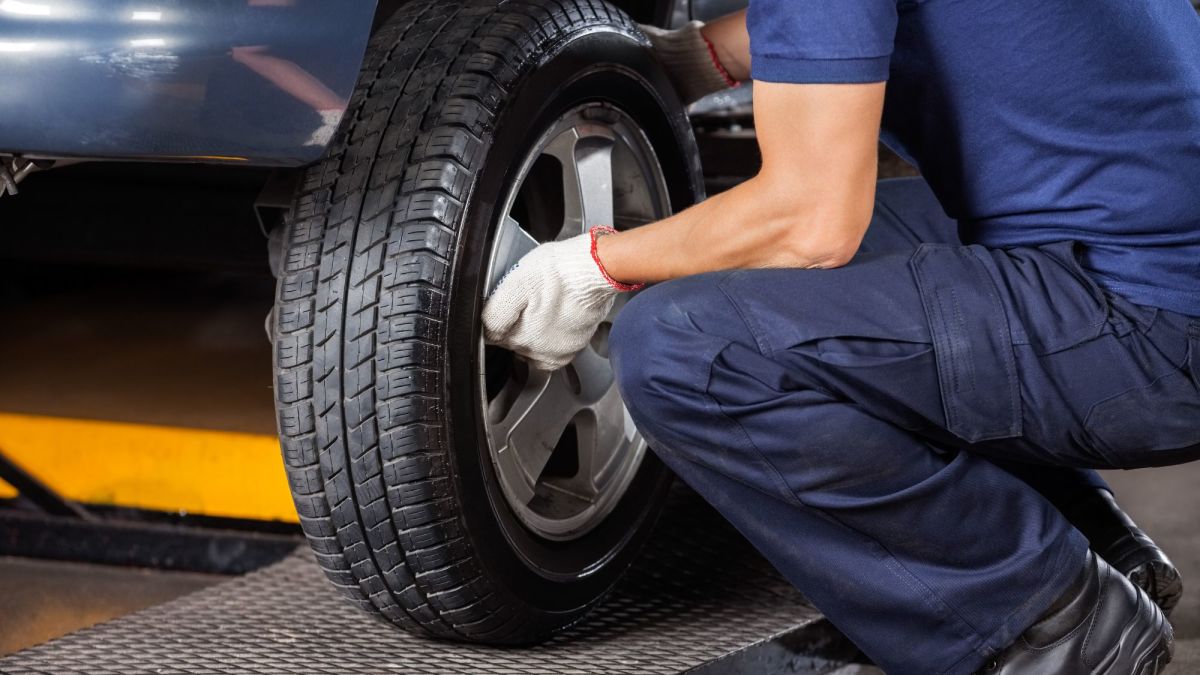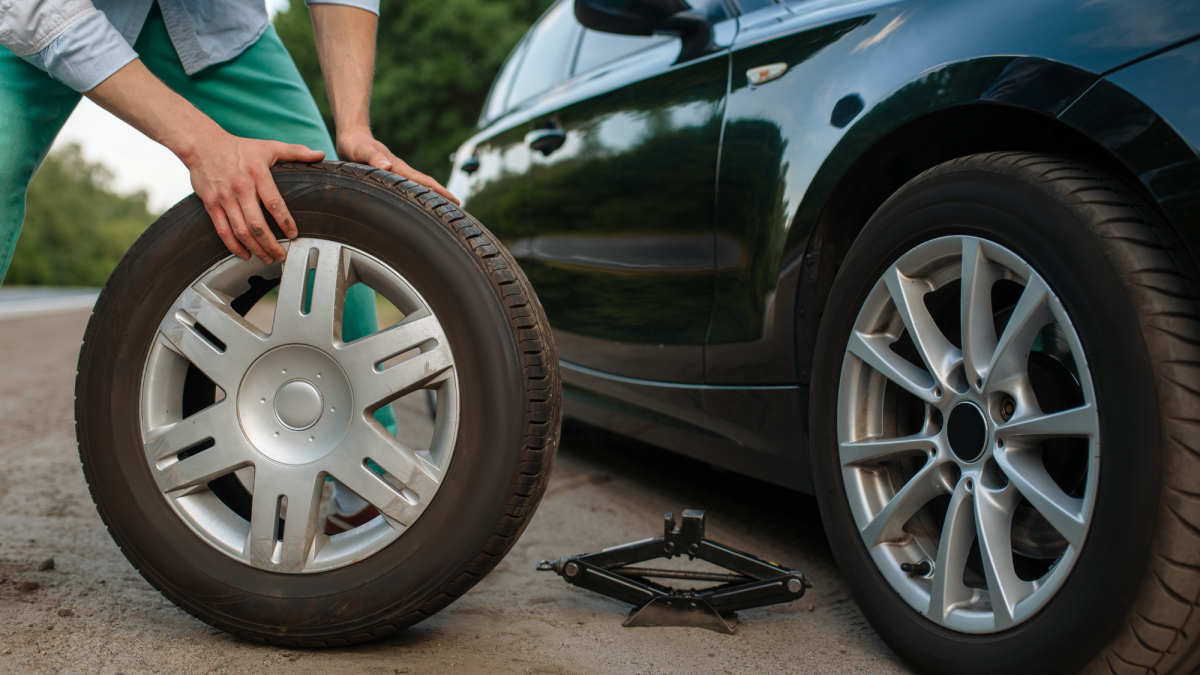Tips on Changing a Flat Tire
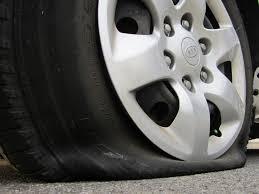
It was recently brought to my attention by none other than my very own wife, that there are actually people out there who haven't got a clue as to how to go about changing a tire on a car. So, I thought that I would write this short article for those of you (and you know who you are) who fall into this category of people.
What you need
First, you should make sure that you have, in your car at all times, an properly inflated spare tire, a jack and a lug nut wrench. Along with these things it is usually a good idea to have a simple tool kit, as well as a blanket (in the colder months), a flash light and some form of signaling device. A signaling device could be flares or I prefer one of those all-in-one deals, with the flash/spot light built in as well as an air pump. These devices usually have some sort of flashing light or strobe light to warn oncoming traffic of your presence.
Try filling the tire first
Now that you have all of these items in your car, what I suggest you do first is see if the tire in question will hold air. Using your all-in-one device that includes an air pump, plug it into your vehicle's power port or cigarette lighter socket. Then attach the air chuck end to the flat tire's valve stem. This could take a bit of time, as this air pump is not as powerful as the ones that you find at your local gas station or repair shop. If this works inflate your tire to 35 lbs. Psi (pounds per square inch). On average most car tires hold approximately 35 psi, even if your recommended psi is higher or lower this will suffice to get you home or to a repair shop.
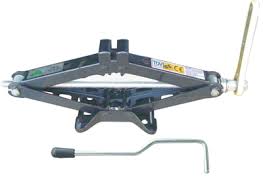
If your tire won't hold air or you don't have a pump, then we move on to the next option, replacing it with the spare. First you need to get your jack out and look around where the jack is stored for the lift points on your vehicle (this is where you will place the jack), it is also a good idea to know where these are before hand. Once located, place the jack on a level surface beneath the car at the appropriate lift point and raise the jack until it makes contact with your vehicles undercarriage and stop. Do not lift the car off of the ground yet.
With the jack in place, locate your lug nut wrench and “crack” all of the lug nuts loose, but do not remove them completely. Once the lug nuts are all loosened slightly, you will now lift or jack the car up until the flat tire leaves the ground completely. For gods sake do not put any part of your body under the car, there is always the possibility that the jack will fail and the car could come crashing down to the ground (a good way to loose a limb). Keep in mind when jacking up the car that the spare tire will be inflated, therefore you will need more ground clearance to get it in place.
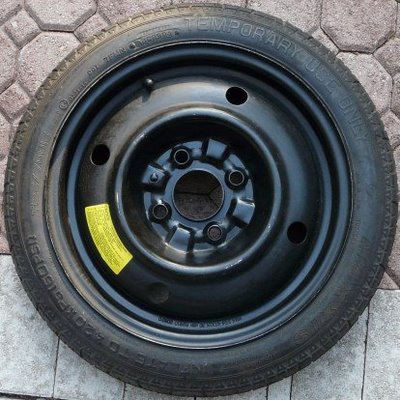
Installing spare tire
Now, get out your spare and simply line up the lug studs with the holes and slide it in place. This step can be a little tricky, so be patient. With the wheel in place, start threading all of the lug nuts on by hand and tighten them as far as you can by hand. This may take some “wiggling” of the wheel, careful not to pinch your fingers. Now, lower the jack, putting the cars weight on the wheel, (this will keep the wheel from turning as you tighten the lug nuts with the lug nut wrench. Next, you will put the car completely on the ground, and going in a star pattern, tighten the lugs as tight as you can.


